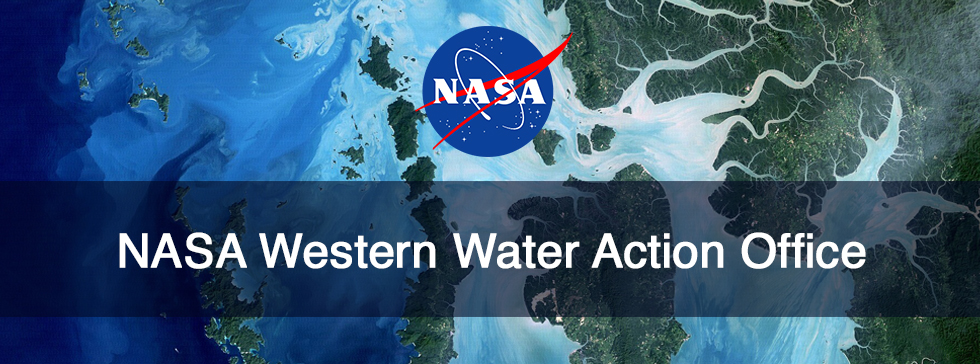
IN THE SPOTLIGHT
NEWS AND VIEWS
EYES ON THE EARTH
EVENTS
NASA TRAINING RESOURCES
FROM NASA EARTH SCIENCE TO ACTION
IN QUOTES
About Us
Compelled by urgent challenges to our nation’s Western water supply, the Western Water Action Office (WWAO) harnesses the power of NASA to drive innovative solutions for the benefit of people, the environment, and the economy.
Connection, data and innovation are at the heart of what we do. We welcome feedback on our tools, projects and resources. If you have questions or comments, please email us.

















